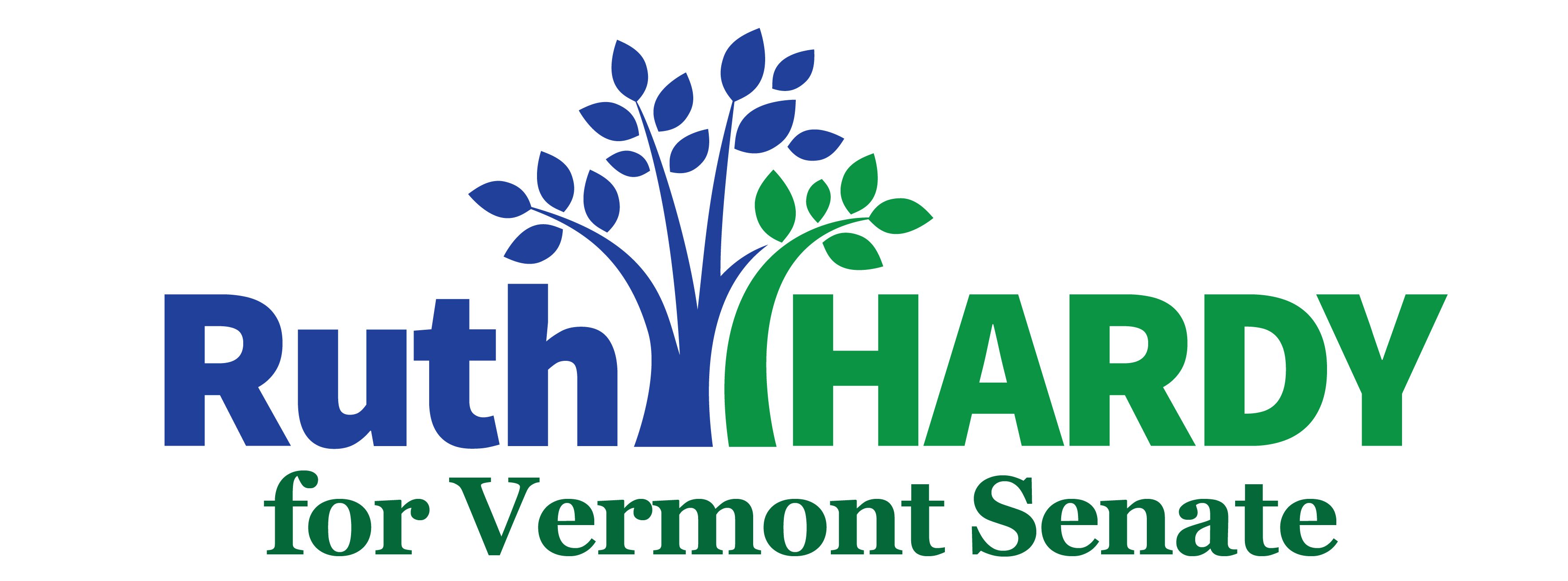After the devastation of last year’s floods, a focus of this year’s legislative session was flood recovery and resilience. We sought to implement measures to better prepare for the next flood or natural disaster from a government operations, environmental planning, and financial perspective. The Senate took the lead on two major flood response bills and the state budget included significant funding to assist with implementation and recovery.
Government Response to Natural Disasters – S.310. The response to last year’s devastating floods was informed by the lessons learned during and after Hurricane Irene in 2012. Thus, as Chair of the Government Operations Committee, I wanted to be sure that we learned from the 2023 floods what we can do better next time. S.310 seeks to improve the government’s response to natural disasters through better planning, communications, emergency response personnel coordination, and prevention work. The bill creates a Community Resilience and Disaster Mitigation Grant Program to award grants to municipalities to provide support for disaster mitigation, adaptation, or repair activities. It requires a flood after-action-review and report, expands and codifies the State Emergency Management Plan, and includes more entities in emergency planning efforts at the state and local level. The bill clarifies the statutory requirements and fee assessments for municipal stormwater utilities. It officially creates the state Urban Search and Rescue Team within the Department of Public Safety; this team performed or coordinated dozens of swift water rescues during last year’s flooding. The bill requires certain policies related to 911 and state emergency communications, including language assistance services for individuals who are deaf, hard of hearing, or deaf-blind, and individuals with limited English language proficiency. Finally, the bill modernizes the emergency powers of the Governor.
Flood Safety Act – S.213. In order to prevent future flooding, the Flood Safety Act requires the Agency of Natural Resources (ANR) to focus on three areas:
- River Corridors – Update maps of river corridors, which have shifted significantly over the past several decades. Work with local and private partners to better plan development in the newly mapped river corridors to ensure development is not permitted in areas likely to flood. Establish a set of flood hazard area standards for enrollment in the National Flood Insurance Program. Require municipalities to update ordinances to incorporate State Flood Hazard Area Standards.
- Wetlands – Require better mapping, protection, and restoration of wetlands, which are highly effective flood prevention areas that store water during large rain events. Require that the Vermont Wetlands Rules have a goal of a net gain in wetlands in the state.
- Dam Safety – Make ANR fully responsible for the Dam Safety Program, including regulations, inspections, and approvals and prioritizes public safety in the review of applications for new or altered dams. Update the Dam Safety Revolving Loan Fund program and create a committee to immediately identify high-hazard dams and responsibility for the emergency plans.
Finally, the bill prohibits the sale of docks, buoys, or flotation devices made from expanded polystyrene foam that’s open-cell/beaded or not wholly encapsulated. Governor Scott did not sign this bill, but allowed it to become law without his signature.
FY24 State Budget – H.883/ Act 113. The state budget includes a significant amount of funding for flood recovery, including matching funds for federal hazard mitigation projects and for municipalities awarded FEMA assistance for damage during August and December 2023 floods. The Budget Adjustment Act passed earlier in the session included similar funding for towns flooded in July 2023, so I made sure that communities flooded later in the year, including those in Addison County, would receive equivalent funding. The FY24 budget also includes funding and positions to implement the work of S.213 and S.310 described above. Municipalities seeking funding for hazard mitigation projections should check out the Vermont Emergency Management website.

